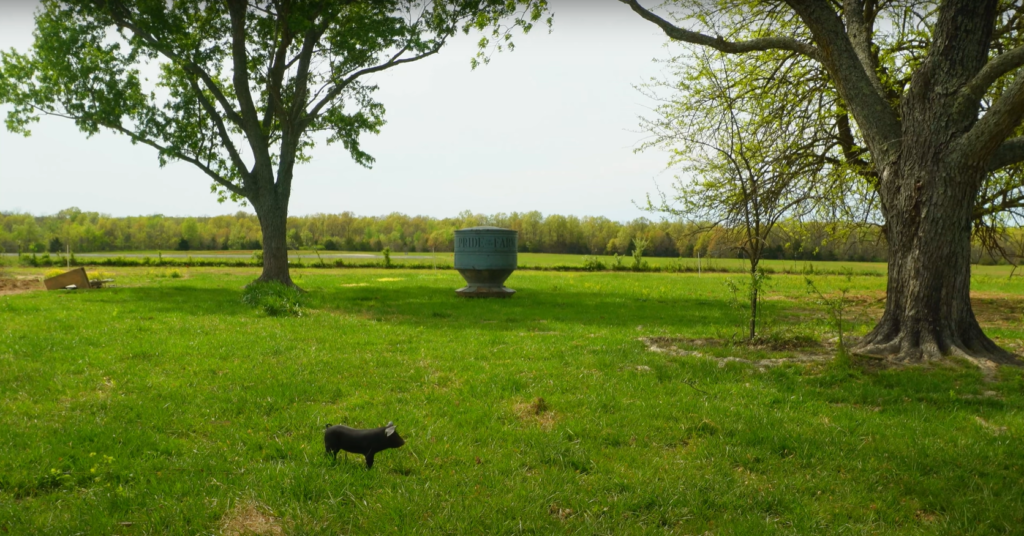In 1973 US Agriculture Secretary Earl Butz told American farmers to, “get big or get out.” Over the next couple decades the US saw vertical integration of multiple markets including poultry, beef, and pork. Today the 4 largest meat packers are responsible for 85% of the beef purchases and 67% of hog purchases in the US. Of course, a top heavy market reduces competition and producers are usually left holding the bag. So, if larger farms are struggling to make a profit, what does that mean for small scale farmers? Is there even any point in trying? Well, I think that there is if you keep these things in mind:
Keep your costs at a minimum.
Here are some things to consider.
1. Renting is cheaper than buying.
2. Borrow what you can from friends and neighbors.
3. If you can make something yourself, do that instead of buying.
4. Buy used tools and equipment when you can.
5. Keep infrastructure simple (fences, water lines, buildings).
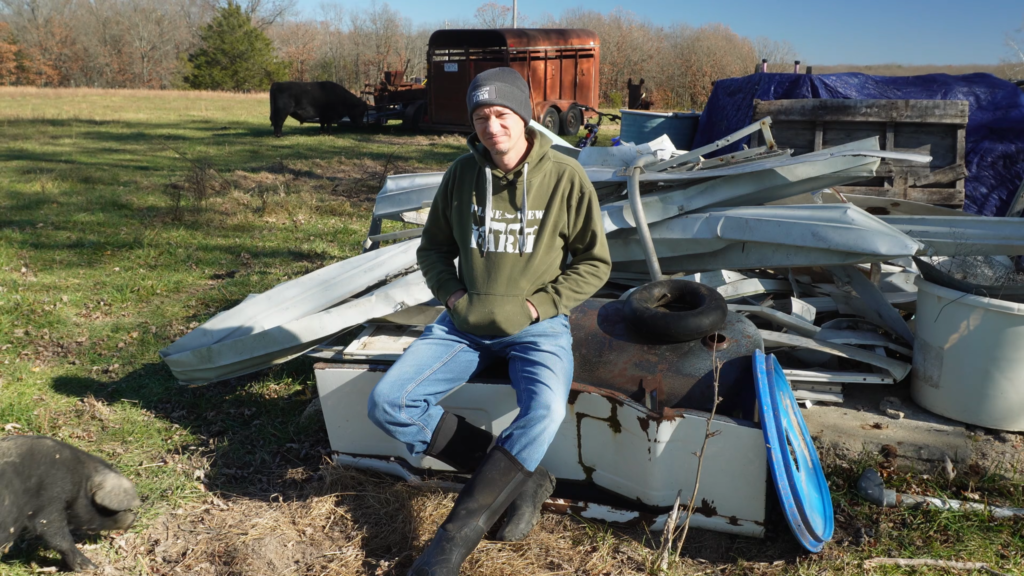
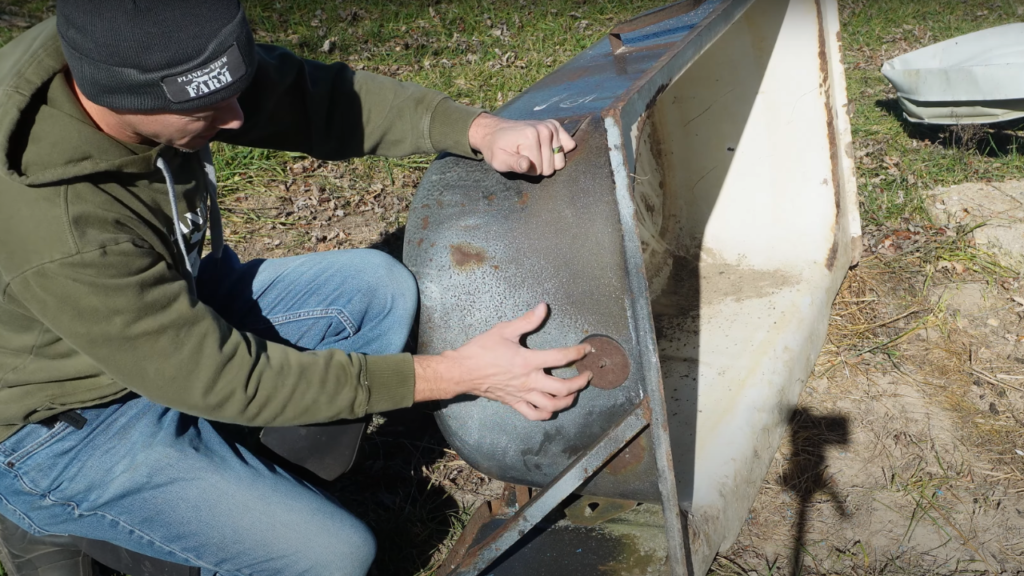
Start small and work your way up.
With many, there’s this urge to jump in with both feet, sink or swim style. That’s not always the best way to go, especially if you don’t have a market for what you’re selling. Ask me how I know. It’s really discouraging to have to haul a load of pigs to whatever sale-barn will take them because you have way more than you can find buyers for. Then, to add insult to injury, they only sell for a fraction of what you have in them.
On the flip side of that, about 10 years ago I started a pastured poultry operation with 100 birds. The plan was to figure out how to raise and process them and fill our own freezer. Within 2 years, solely through word of mouth advertising, we were having trouble keeping up with demand.
However, the profit margin on those chickens was incredible. We shut that operation down because of some family health issues, but we learned a very valuable lesson about how taking our time and allowing growth to occur naturally.
Over the years, I have learned how important it is to recognize my own limitations. There were times that I had to say no to opportunities because I knew that I would not be able to deliver the quality of production that I wanted to for the sake of bigger numbers.
Think about yourself and your situation.
Just because everyone else is doing something, doesn’t mean that it’s the best way for you to do it. While there’s nothing wrong with looking at what other people are doing, don’t think that replicating their ideas means that you’re going to replicate their success. Everyone’s situation is different. For instance, if I were to try to copy everything that Joel Salatin is doing, I’d go broke. Why? Because my market won’t support it.
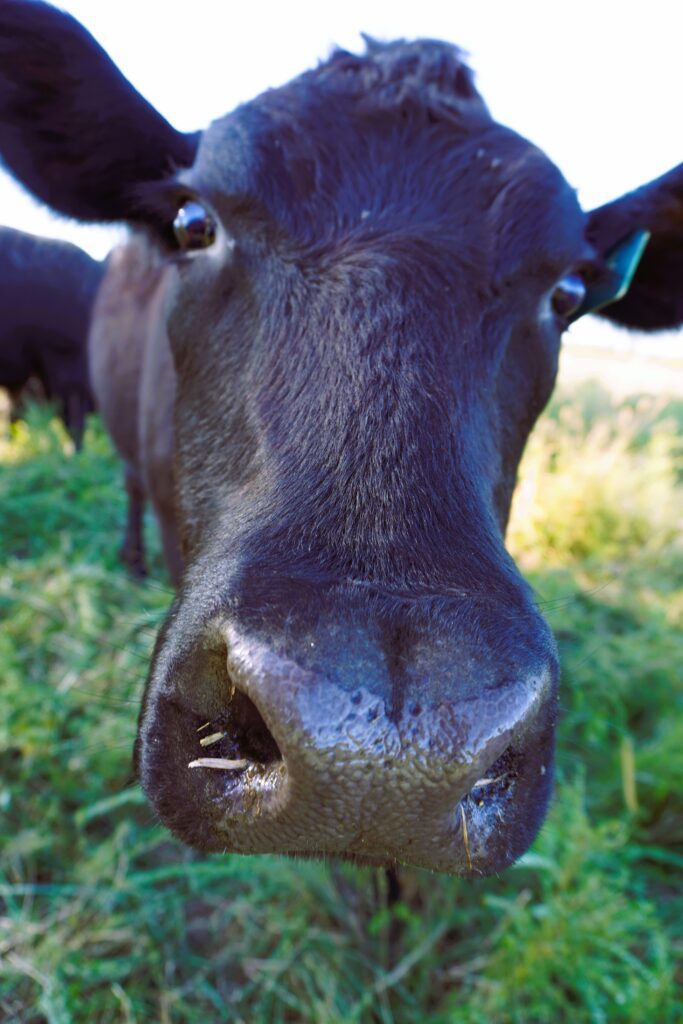
Does that mean that he’s wrong? Not at all. For instance, my market isn’t interested in Non-GMO products. They think they’re overpriced. I’ve tested it. My market also prefers beef that’s finished with some grain, at least. There’re just not enough buyers here that want grass finished. So, I have to make sure that I’m doing what my market will support and find my place in it.
It’s one of those, pick your battles kind of things. Sometimes, if you draw a line in the sand over principle, you may end up being the only one standing on your side of the line.
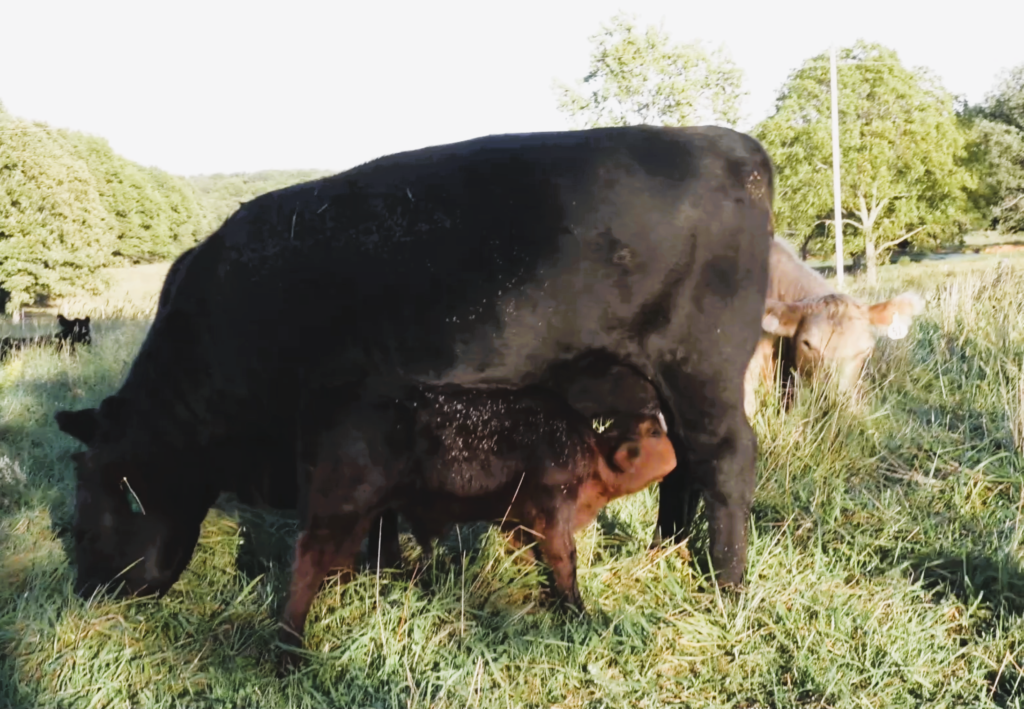
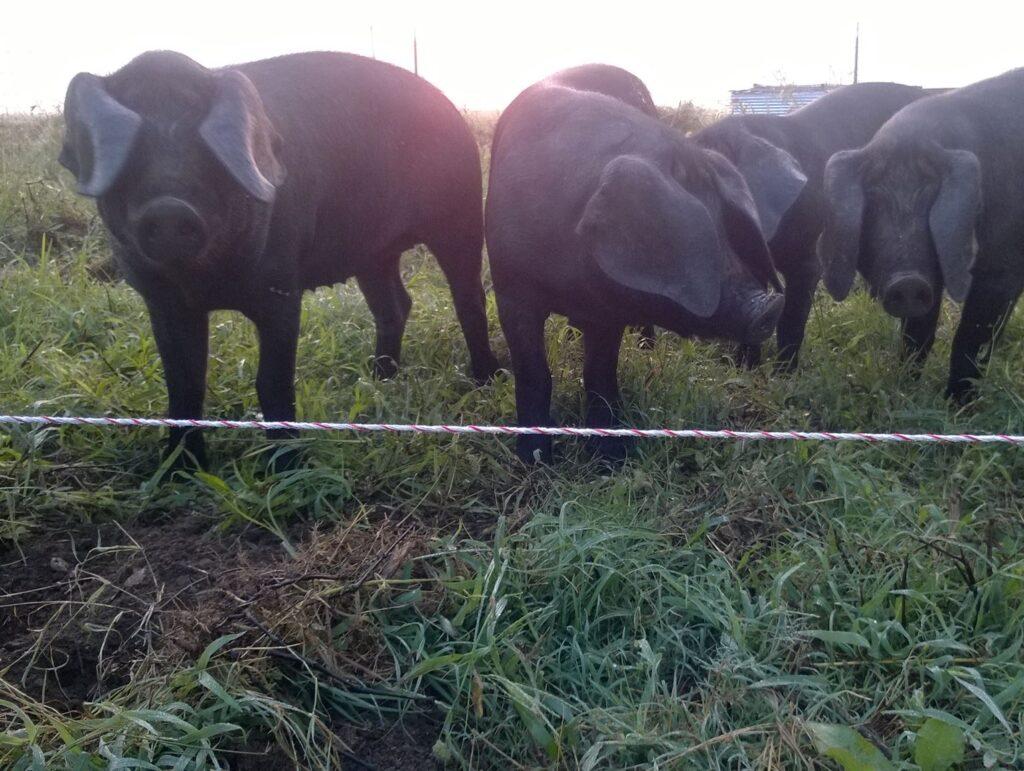
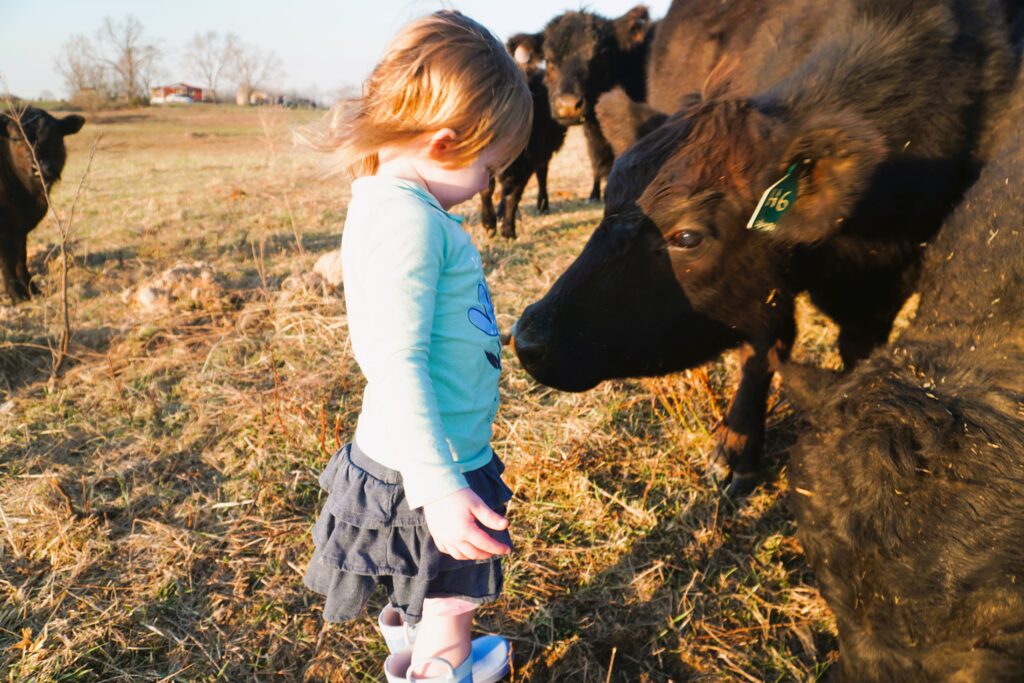
Adapt to fit your market.
I’ve touched on this one a bit already, but I still think it needs its own place here.
If you’re a direct-to-consumer farmer or one that participates in traditional channels, you have to know your market. As I mentioned before, a lot of people in my area aren’t interested in the same products that people might be interested in in a larger city. It’s just the way things are.
The same can be said for what’s going on at the sale-barn. Prices fluctuate based on seasons, growing conditions, grain prices, even snow in the forecast can affect how much cattle are bringing. 400lb weights might be the best buy one week, then 600’s the next. When your profit margin is slim, it’s important to know why these fluctuations happen and how to predict them so that you can get the most for what you’re selling.
If you’re a direct-to-consumer farmer, go to the farmers markets that are close to you and get an idea for what’s going on. This isn’t likely to be a one-time visit, either. You will probably have to go back multiple times to see who’s the busiest. What are they selling out of? Are there any gaps in the market that you can fill?
If you’re a more traditional operator, go to the sale-barn and watch. Watch what is selling and who’s buying it.
Have a plan.
Now, I don’t want you to get lost in the plan to the point that you never actually do anything, but you must have direction if you want to know where you’re going.
